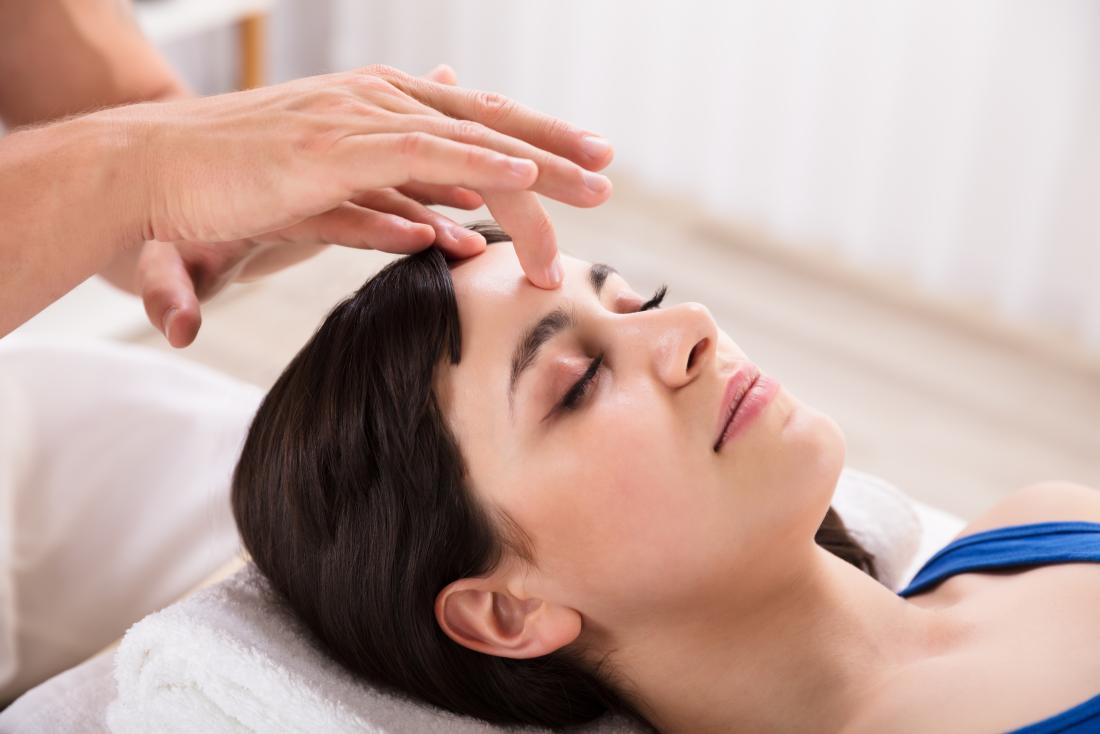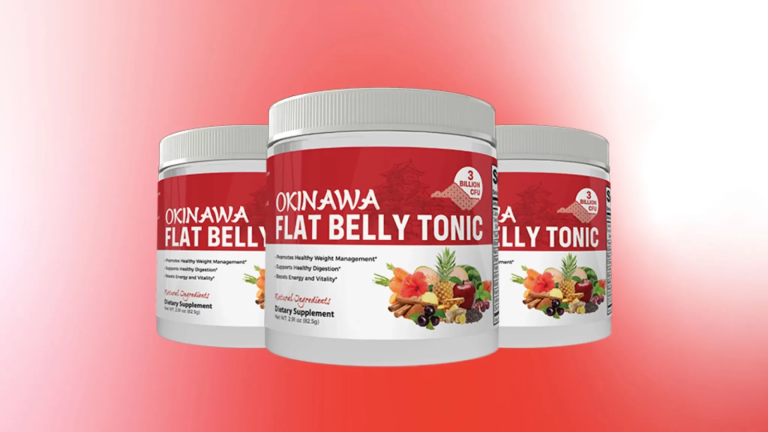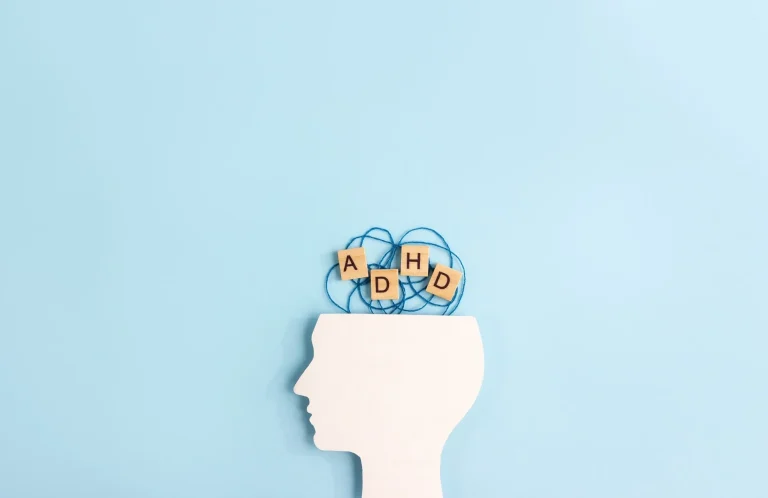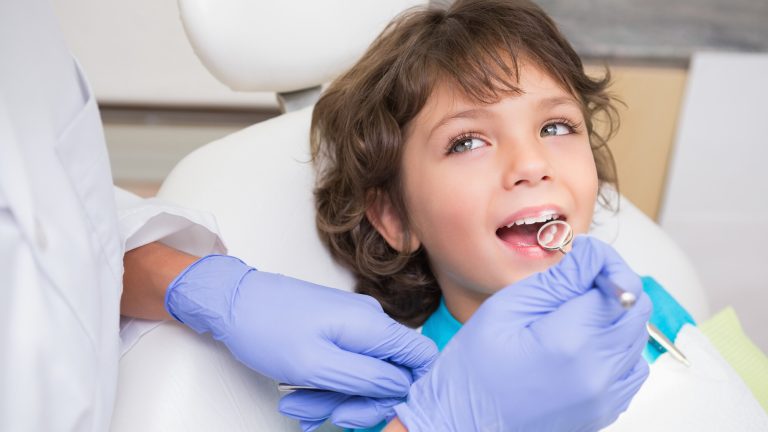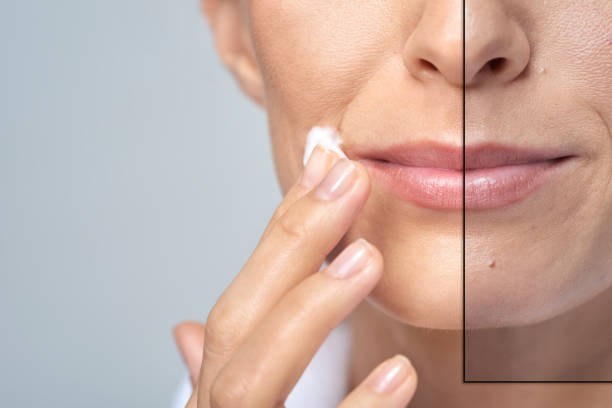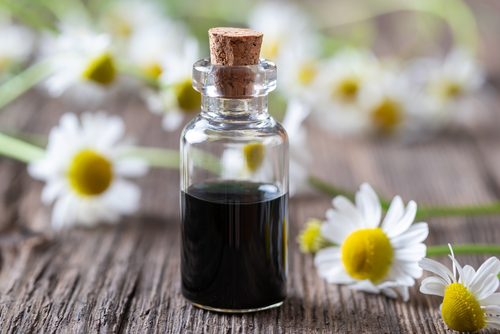Acupressure Unveiled: A Comprehensive Guide to Easing Migraines Naturally
Migraines, characterized by intense and throbbing headaches, are a common affliction affecting people globally. As the search for alternative remedies gains momentum, acupressure emerges as a holistic and non-invasive approach to alleviating migraine symptoms. In this article, we will explore the fascinating realm of acupressure, shedding light on its unique credibility and effectiveness in managing migraines.
The Science Behind Acupressure
Mechanism of Action
Acupressure operates on the principles of Traditional Chinese Medicine (TCM), focusing on vital energy pathways called meridians. By applying pressure to specific points along these meridians, acupressure aims to release blocked energy, stimulate blood circulation, and promote overall balance within the body.
Scientific Corroboration
Recent studies have provided scientific backing to the efficacy of acupressure in managing migraines. Research suggests that stimulating certain acupoints may trigger the release of endorphins and serotonin, acting as natural pain relievers and mood stabilizers.
Targeted Acupressure Points for Migraines
1. GV20 (Baihui)
Situated at the top of the head, GV20 is believed to relieve headaches by promoting mental clarity and balancing energy flow. Applying gentle pressure to this point for 2-3 minutes can be beneficial during a migraine episode.
2. LI4 (Hegu)
Found between the thumb and index finger, LI4 is a versatile acupoint known for its ability to alleviate various types of pain, including migraines. Applying firm and steady pressure for 2-3 minutes may help reduce headache intensity.
3. GB20 (Fengchi)
Located at the base of the skull, on either side of the neck, GB20 is associated with headache relief. Applying circular motions or firm pressure for 2-3 minutes can potentially ease migraine symptoms.
4. Tai Chong (LV3)
Situated on the foot, between the big toe and the second toe, Tai Chong is thought to soothe liver energy and alleviate headaches. Massaging this point for 2-3 minutes may contribute to migraine relief.
The Art of Acupressure Application
Precision and Technique
To maximize the benefits of acupressure for migraines, it’s crucial to apply pressure with precision and proper technique. Use your fingers, thumbs, or even acupressure tools, and maintain a steady pressure on the identified points without causing discomfort.
Consistency for Long-Term Relief
While acupressure can provide immediate relief for some individuals, consistent practice is key for long-term benefits. Incorporate acupressure into your daily routine, whether as a proactive measure or part of your migraine management strategy.
Safety Considerations and Expert Guidance
Individual Variability in Response
It’s essential to recognize that individuals may respond differently to acupressure. What works for one person may not yield the same results for another, emphasizing the importance of personalized approaches to migraine management.
Consultation with Healthcare Professionals
Before embarking on an acupressure journey, consult with healthcare professionals to ensure it aligns with your overall health plan. Acupressure should complement conventional medical treatments, not replace them.
Conclusion
Acupressure emerges as a promising avenue for managing migraines, blending ancient wisdom with modern scientific understanding. The targeted stimulation of acupoints holds the potential to provide natural relief from migraine symptoms. As with any alternative therapy, it’s crucial to approach acupressure with an informed and balanced perspective, seeking guidance from healthcare professionals. By incorporating acupressure into your holistic health routine, you may unlock a natural pathway to migraine relief and enhance your overall well-being.
